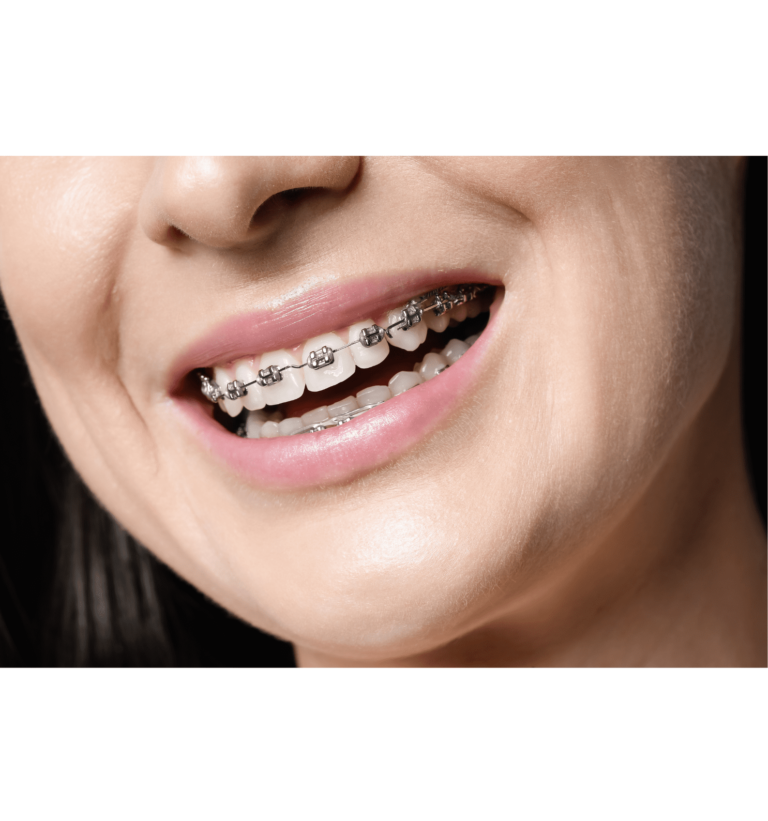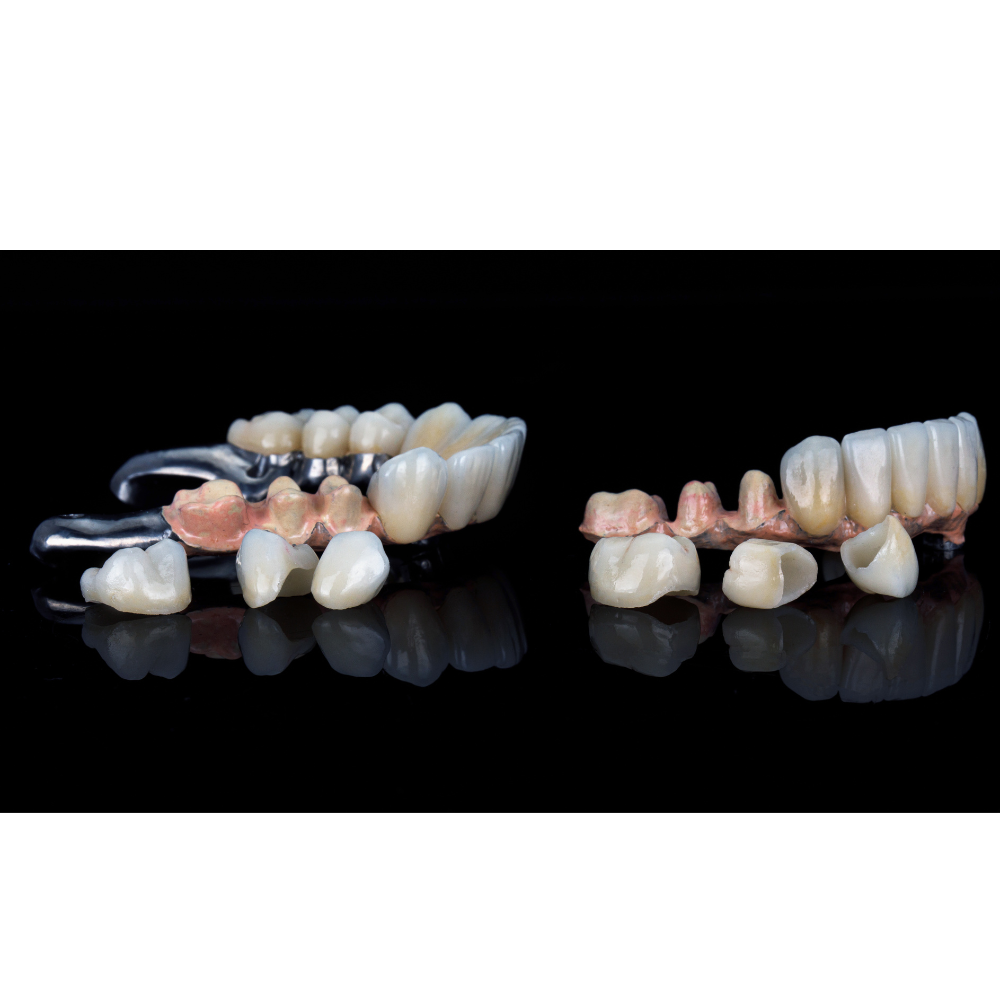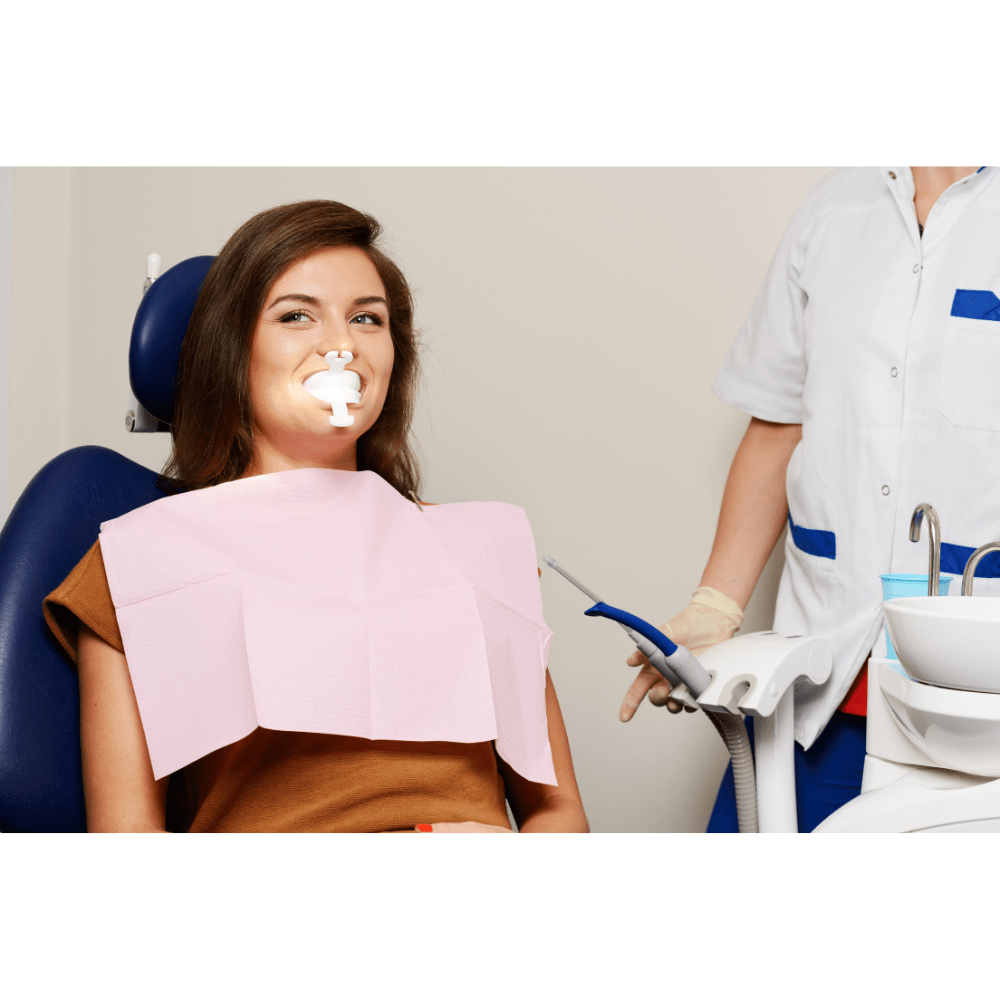Decalcification With Braces – Causes, Treatment, and All
Decalcification with braces is a common concern among every individual with orthodontic treatment. As braces make it challenging to clean teeth thoroughly around brackets and wires, the risk of decalcification increases. This can lead to white spots, sensitivity, and cavities without proper care which damages your smile transformation journey.
Let’s understand the causes and treatments as it is a must for maintaining optimal oral health during orthodontic treatment. We will start by knowing what decalcification is.
What is Decalcification?
Decalcification is the loss of minerals primarily calcium and phosphate from the tooth enamel which leads to weakened areas on the surface of the teeth. This process can result in the formation of white spots or lesions on the teeth which are early signs of decay.
What Causes Decalcification of Teeth
The following are some main causes of the decalcification of teeth:
Acidic Foods and Drinks:
Consuming acidic foods and beverages, such as citrus fruits, sodas, and certain sports drinks can directly expose the teeth to acids which accelerates demineralization.
Dry Mouth:
Conditions that reduce saliva production, such as medications or medical treatments can create an environment where acids linger on the teeth for longer periods which increases the risk of demineralization.
Fluorosis:
Too much fluoride exposure in kids under 8 can lead to fluorosis which shows as white spots or even pits in enamel. It’s usually from toothpaste or water with high fluoride levels.
Enamel Hypoplasia:
Sometimes enamel doesn’t form properly which makes teeth thin and pitted. It can be genetic or due to factors like smoking, nutritional deficiencies, or certain health conditions.
Calcium Deposits:
If plaque isn’t removed, it hardens into tartar which causes gum disease and decalcification. Regular dental care helps prevent tartar buildup and its harmful effects on teeth.
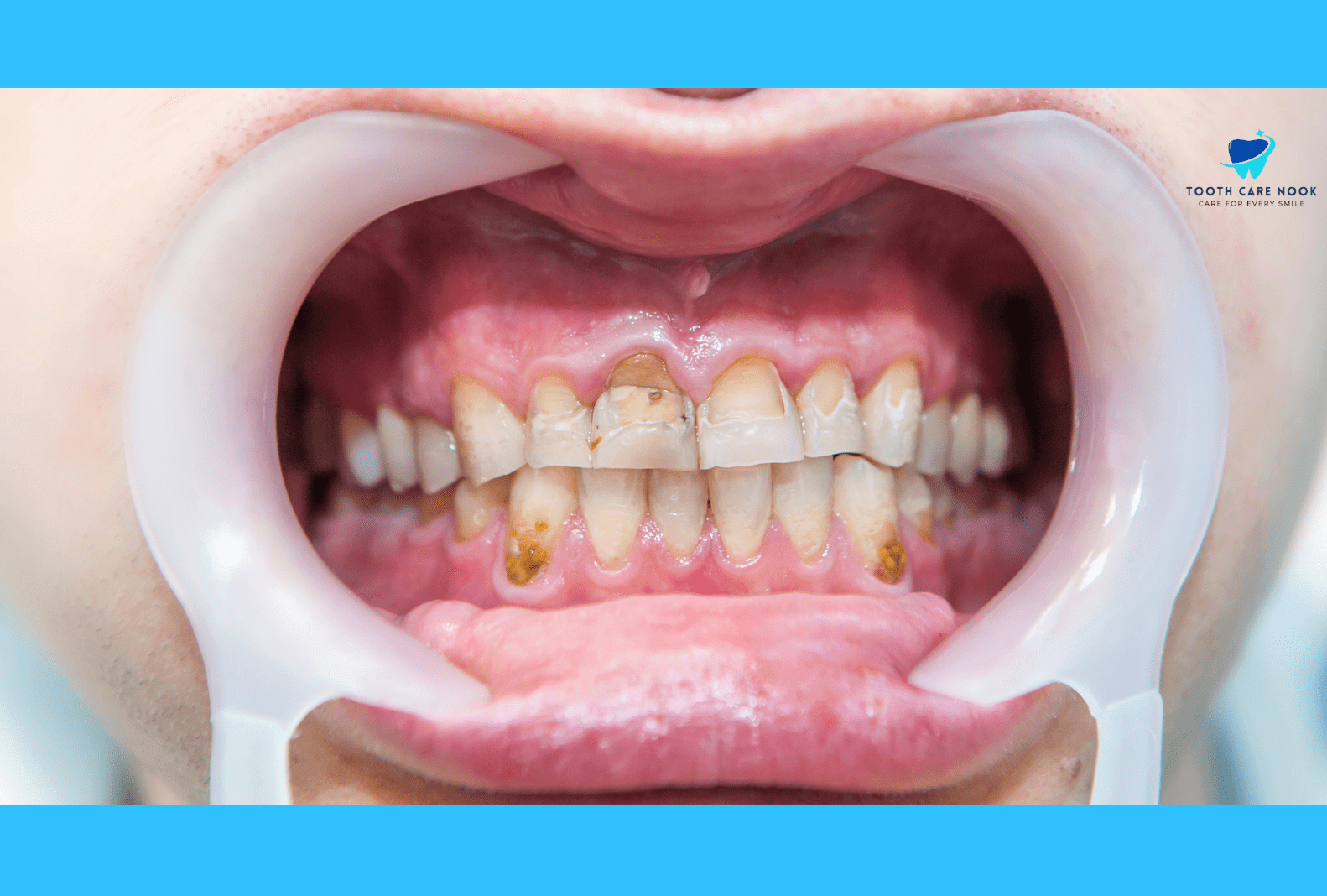
Ways To Prevent Decalcification With Braces
Preventing decalcification after braces is a must to maintain oral health and save teeth. Here are some preventive measures:
Proper Oral Hygiene Tools
Use special orthodontic toothbrushes, interdental brushes, or water flossers to clean around braces and remove plaque from hard-to-reach areas.
Fluoride Use
Incorporate fluoride mouthwash or gel into your oral hygiene routine to strengthen enamel and reduce the risk of decalcification after braces.
Dietary Considerations
Limit consumption of sugary and acidic foods and drinks which can contribute to enamel erosion and decalcification of braces. Opt for water or milk instead of sugary beverages.
Post-Braces Care
Follow your orthodontist’s recommendations like wearing retainers as prescribed to maintain the results of orthodontic treatment. Must prevent tooth movement that could contribute to decalcification after braces are removed.
What Are The Signs of Decalcification in My Braces?
Signs of orthodontic decalcification in braces include:
- White spots appear near brackets or along the gumline, these spots indicate weakened enamel.
- Discoloration like yellow or brown Spots can occur as decalcification progresses which indicates more severe damage.
- Teeth can become sensitive to hot, cold, or sweet foods and drinks due to enamel loss.
- Areas of decalcification may feel rough or pitted compared to the surrounding enamel.
- In advanced cases, cavities will develop as a result of untreated orthodontic decalcification which requires immediate dental attention.
How to Get Rid of Decalcification Spots on Teeth | Treatment
To address orthodontic decalcification spots on teeth, you have the following treatment options:
Fluoride Treatment:
Dentists will apply fluoride varnish or gel directly to the affected areas to remineralize enamel and strengthen teeth. It reduces the appearance of white spots.
Microabrasion:
This procedure involves removing a thin layer of enamel using a gentle abrasive material. It effectively buffs away surface stains and shallow decalcification spots to improve the appearance of the teeth.
Resin Infiltration:
In this minimally invasive treatment, a tooth-colored resin is applied to the affected areas to fill in porous enamel and mask the appearance of white spots which results in a more uniform tooth color.
Enamel Bonding:
Dentists may use tooth-colored composite resin to bond to the tooth surface and cover decalcification spots. This blends them with the surrounding enamel for a natural-looking result.
Porcelain Veneers:
For more severe cases of decalcification or extensive cosmetic concerns, porcelain veneers can be placed over the front surface of the teeth to conceal imperfections and create a bright, uniform smile.
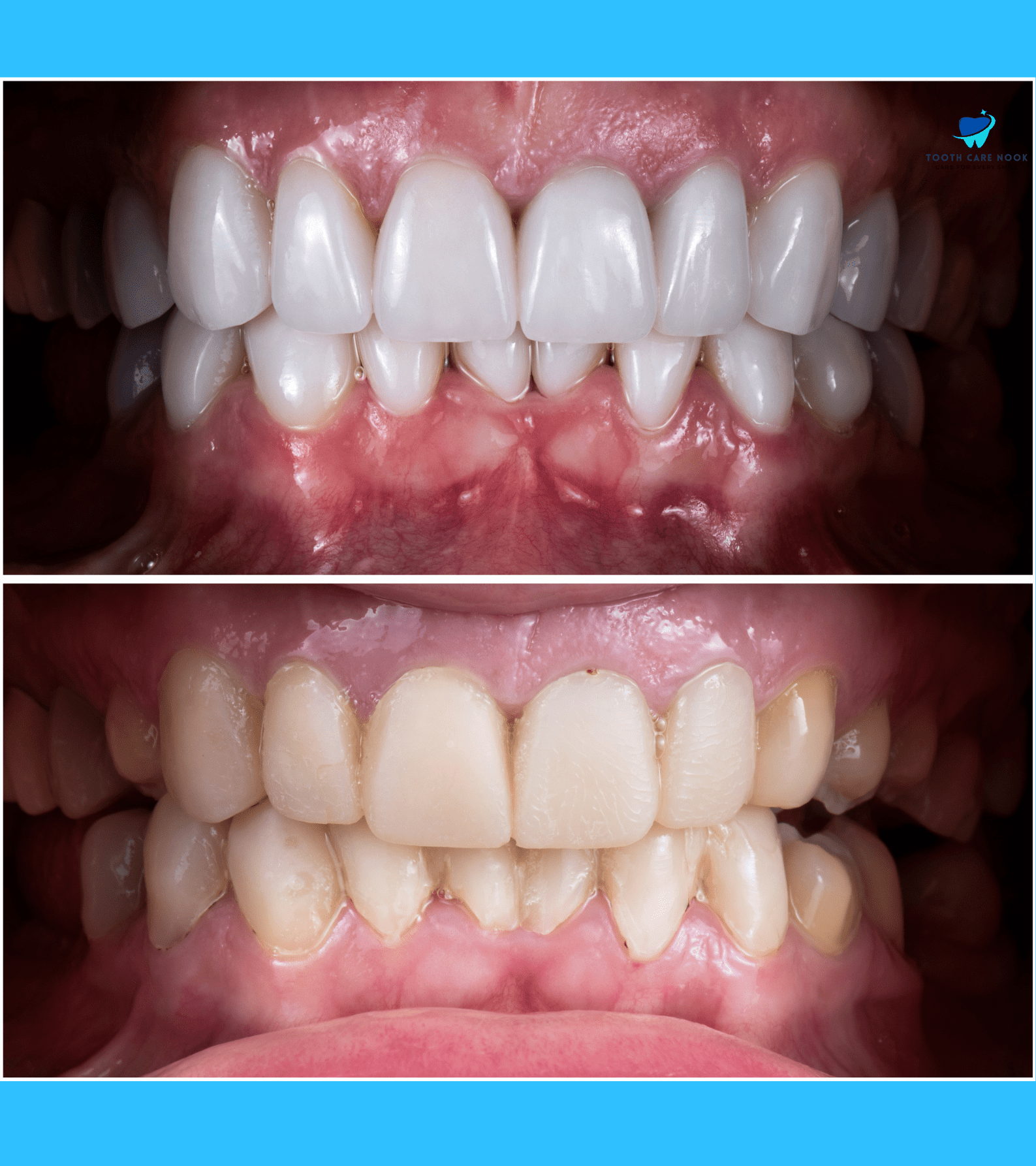
FAQs
What is Enamel Decalcification After Braces?
Enamel decalcification after braces is the weakening of tooth enamel due to plaque buildup and acid exposure during orthodontic treatment. It often results in white spots or lesions on the teeth, especially around braces brackets, and wires.
Is Decalcification Permanent?
Decalcification is not always permanent. It’s possible to remineralize the enamel and improve the appearance of affected teeth with early detection and appropriate treatment. However, in more severe cases especially if left untreated decalcification can progress to cavities or require more extensive cosmetic procedures to address.
Is Reverse Tooth Decalcification Possible?
Yes, reverse tooth decalcification is possible with appropriate treatment and preventive measures. It’s possible to improve the appearance of decalcification spots and strengthen the enamel by addressing the underlying causes.
How Common is Decalcification With Braces?
Decalcification with braces is quite common in the United States. Studies have shown that individuals undergoing orthodontic treatment experience 50% of enamel decalcification.
What Are The Calcium Deposits on Teeth After Braces?
The white spots on your teeth after braces are likely calcium deposits. They are also known as white spot lesions. They form due to demineralizing the enamel, which occurs when plaque buildup, exacerbated by braces, leads to calcium and phosphate minerals loss.
These spots are an early sign of enamel damage and can progress to cavities if left untreated. Preventive measures include rigorous oral hygiene, fluoride treatments, and regular dental check-ups to monitor and manage the condition.

